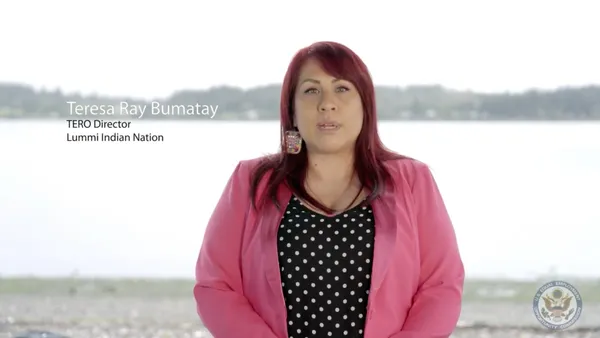Diversity, equity and inclusion (DEI) is top of mind for many companies, whether it's in ensuring representation at the top or in boosting diversity and inclusion capabilities throughout the organization. And for good reason – diverse and inclusive teams are more creative and engaged, make better decisions and produce better results.
Putting DEI principles into action starts by creating a sense of belonging in your organization. People should feel they can show up as they are, and trust that their perspectives will be valued. Research from Culture Amp shows that a sense of belonging is highly correlated to employee engagement; specifically, a person's commitment, motivation and pride from being part of an organization.
Beyond recognizing and appreciating the distinctive aspects of racial, social, economic, gender and religious identities, diverse and inclusive teams also tap into each person's unique background and experiences as strengths to the collective. These teams benefit from a much richer set of collective knowledge. As a result, they are better at thinking outside of the box, avoiding blind spots and making better decisions that produce better results.
While most organizations know the importance of diversity, equity, and inclusion, they often fail to strategically and systematically embed this mindset into day-to-day activities.
Consider the following four tips to help activate an inclusive environment where employees from any background can thrive:
1. Recognize unconscious bias
Recognizing unconscious bias is a way to "stress test" how inclusive your team and organization truly are. Biases can easily sneak into all aspects of daily operations, such as talent acquisition, team formation, ideas sharing, rewards and recognition and on and on.
A good way to "make the unconscious conscious" is by asking these simple yet powerful questions:
- How are diverse perspectives and needs acknowledged, recognized and represented?
- What am I doing to create a safe environment for diverse perspectives to emerge?
- Are there any structural biases within the status quo?
Inclusion surveys are another valuable tool for understanding whether your team and processes are inclusive. These tools help you understand the current state of DEI at your organization, pinpoint focus areas and run intersectional analyses to guide meaningful action.
2. Offer resources and encourage open dialogues
Proactively research tools to help educate and enhance your team's understanding of DEI. For example, you might share a resource on understanding why gender pronouns are important and how to use them appropriately. Webinars like this one on laying a foundation for diversity and inclusion as you scale are another great educational resource.
Rather than leaning on compliance policies aimed at "what not to do," managers can proactively build more equitable and inclusive practices into their team to drive positive change. By sharing resources and creating safe spaces for open dialogues, managers can help teams increase awareness, facilitate shared learning opportunities and co-create an inclusive environment of mutual respect.
Here are some additional resources that can help you start this dialogue with your team:
- Disability in the workplace series (1, 2, 3)
- Understanding and celebrating UK Black History Month
- Four ways to support and amplify your Latinx employees
- Microaggressions at work
- Beyond rainbow washing: Supporting LGBTQ* at work and beyond
- One Black employee's answer to "How can I help?"
- How to give feedback across cultures
3. Demystify expectations
Beyond creating a space for open dialogue, it's important to create clarity around standards and expectations. By doing so, you can help your team translate intention into action. One way to do this is by empowering your team to define a set of shared operating principles, calling out specific mindsets, behaviors and actions that align with these principles. This can help increase transparency around how people are expected to behave and engage.
Some powerful inquires to jumpstart the dialogue could include:
- What does a diverse and inclusive culture look like for us as a team?
- What might that diverse and inclusive culture look like – mindset, behaviors actions – in our day-to-day?
- What are the important guiding principles that can keep us aligned?
- Where are we doing well? What are our opportunities?
4. Embed DEI practices across all levels
People leaders have an opportunity to intentionally embed DEI into the organization's operations. For example, you might introduce a shared leadership model to run team meetings. This encourages the team to embrace and different leadership styles and equalize power dynamics and biases.
Bring out the best in your team
By creating a diverse and inclusive environment, managers have a tremendous opportunity to bring out the best in their people and channel differences into unique assets for their team. By recognizing the individuality of each employee and embracing differences, teams and organizations will not only support an environment of belonging but also achieve better outcomes.
Turn your commitment into action with Culture Amp's comprehensive guide to DEI. The guide includes everything people leaders need to know about DEI, including best practices and resources for every stage of the journey.










